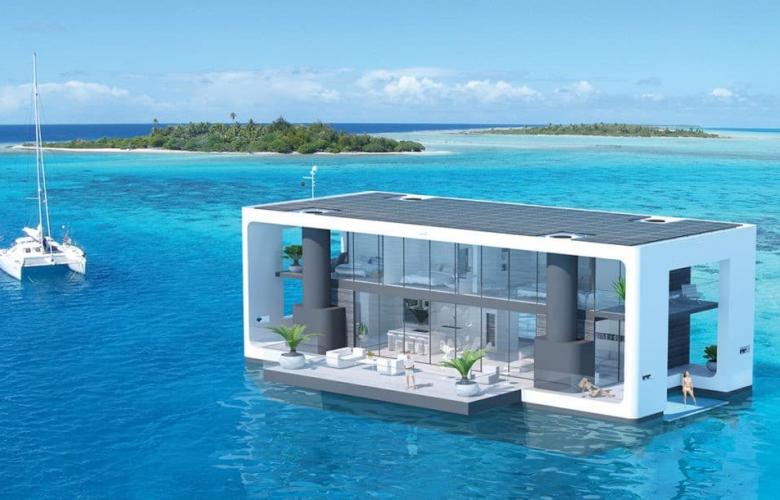
Initial Development
It’s a timber-clad house with open-plan living, pale floorboards and large windows giving views across canal or rivers etc. This building designed by London-based Baca Architects has a unique feature – it floats.
Affordable housing and overcrowding in cities are putting pressure on urban populations to make changes. To combat these issues, civil engineers are designing floating homes—practical living spaces that sit upon the water. The homes are designed to resist floods by floating on top of water using a foundation of concrete and Styrofoam, which makes them virtually unsinkable. This approach means that homes can be built in spaces that were previously off-limits, like rivers, lakes and other bodies of water. Civil engineers predict that modern floating home technology will lower the costs of flood damage in urban cities, while also providing compact inner-city populations with more diverse housing options.
History
The concept of floating buildings is not new, as they can be found all over the world, especially in traditional Asian villages. Although with modern civil engineering knowledge, these structures—and the infrastructure needed to make them sustainable—are gradually becoming more reliable and easier to maintain. However, introducing this concept in urban environments with large populations will prove to be somewhat tricky, as structures being built within or on above-ground water sources could impact environments negatively by disturbing the natural state of the land beneath bodies of water (e.g. lake bottoms or the ocean floor). The effect of humans on the environment should not be underestimated either, so civil engineers will need to remain focused on creating systems that inhibit floating houses and their residents from disrupting local water ecosystems, while improving the viability of this technology for use in low-income areas.
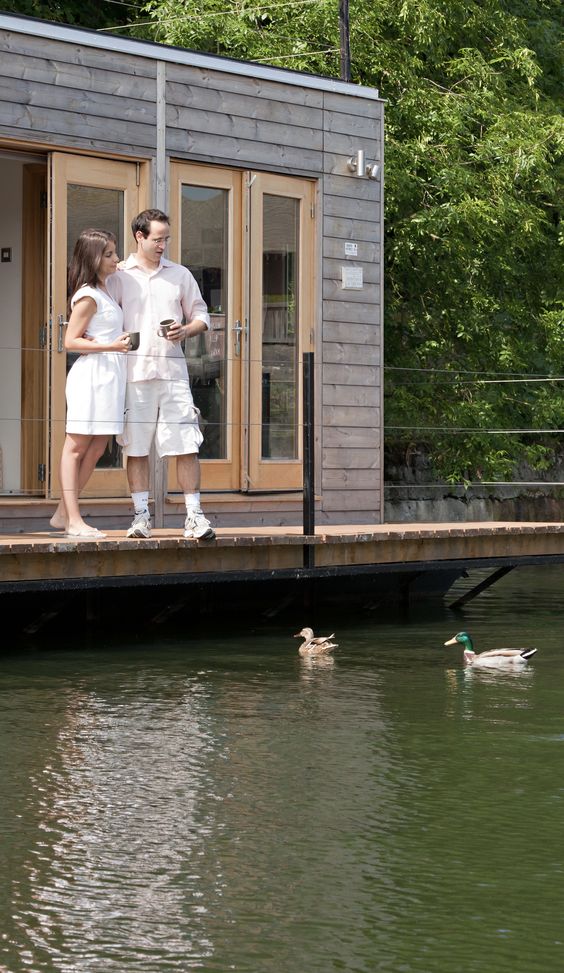
Eco homes include beautiful spaces, bespoke building of pavilions, homes, offices, studios and more
Floating and Moving Houses: A Need of Tomorrow
“Floating” term in the foundation engineering is used when the soil beneath the footing does not experience any extra load, as the load of the structure is equal or less than the soil displaced. Floating houses are similar in concept and can be defined those houses which are constructed on water in a way that the load of the structure is equal or less than the uplift force of the water which helps in floating the house on water. Traditional houses like houses on boats have mobility while now floating houses are considered those houses which are used as living spaces on water that are minimally mobile other than moving vertically with the tide. Unlike a houseboat, a float house is not self-propelled though some smaller float houses can be propelled by attaching an outboard motor to them. Holland has many float houses as they have started using water as a resource for construction of houses.
Discussion
Traditional floating houses, normally houseboats, were built in various countries in the places prone to floods, near coast lines and on the lakes and rivers. In Australia, especially on the Murray River and the sunny coastline of Queensland, there are many motorised pontoon based houseboats with two or more bed rooms, some of them even have multi-storeyed structure. Houseboats are also in Lake Eldon in Victoria and in Hawkesbury River near Sydney. Similarly floating houses/houseboats are available in Canada, Germany, Hong Kong, Laos, New Zealand, Serbia, UK, USA, Thailand and India. In India, houseboats have been traditionally constructed in Kashmir, Kerala and in Assam. Houseboats are also very popular for recreational activities for groups of people of all ages but for residential purposes, it is Holland where houses are designed, constructed and are in high demand.
Floating houses are now constructed which float only during floods. Thus, there are two types of floating houses, one which permanently float and other that float only during flood waters else get placed on ground, particularly during dry season when there is no water. Some houses which were constructed on stilts or piles due to safety requirements during floods in many parts of the world and in India too, like in West Bengal, Assam and other parts, are not actually floating houses in true sense. Floating houses are in true sense are those which do not require foundation and are based on the principle of buoyancy thus are also called buoyant homes. Thus the base of the structure needs to be such that it helps in floating as well able to take the dead load of the house, live load and other loads to be encountered by the house. Thus the house may be constructed on boats, hollow pipes, light weight pads and similar materials which help in the floating as well taking up loads. Flotation Systems now being used include log floats, solid Styrofoam encased in rubber, foam filled steel pontoons, positive concrete, concrete ferrocement pontoons, concrete and foam, wood and foam, polyethylene shell with solid core polystyrene block moulded inside, fibreglass etc.
Houses which get uplift during floods and move down during conditions when no water is there are guided vertically, telescopically. A steel frame that holds the flotation blocks is attached to the underside of the house. There are four ‘vertical guidance’ poles not far from the corners of the house. The tops of the poles are attached to the steel frame. The poles telescope out of the ground, allowing the house to move up and down.
Need of Floating Houses
In low lying country like Holland, planning was focused on separating and maintaining the division between land and water by reclaiming land from the sea by building dams and heightening dikes. But the need to construct safe and economic houses where two-thirds of the population lives below sea-level, Dutch planners started looking to make use of water as a resource itself. Problem became further acute in the last decade due to global warming leading to rising water coupled with several unusually dry summers. The sea level is said to have risen by 20 centimetres in the last century and is expected to rise by three times that amount in the 21st century. Therefore floating houses is becoming a necessity in the coming years.
One Dutch construction company, recognising the growing scarcity of land in the Netherlands started to build houses on water. Ooms Bouwmaatschappij has built the first eight of 500 planned floating houses on the outskirts of Amsterdam, the capital of the world’s third most densely populated country. The houses, which are designed to withstand gales, are built on floating platforms. Frits Schoute, a former professor at Delft University, is working on a stabilising platform that would permit communities to live in the middle of oceans, unaffected by waves. He expects colonisation by these floating cities to take place in the next 20 years.
Basic Principle of Construction
Generally there are two basic principles for making floating houses. First is the pontoon principle in which one makes a solid platform, lighter than the water and the other based on the ship in which a hollow concrete box is created which is open on the top. The pontoon principle has the benefit of its use in shallow water, compared to the hollow concrete box while the concrete box has the benefit of higher space utilisation within as a part of the building. Both type of floating houses are connected with a flexible connection to the quay, so the houses can rise with the water when the tide changes. When needed the floating system can be moved elsewhere at short notice without leaving any scar to the environment. Instead a new house can be placed in to the old situation which makes it the most sustainable and durable way to build. The floating houses built by +31 architects are based on the hollow concrete box.
The house is sited within a wet dock comprising retaining walls and base slab. When flooding occurs the dock fills with water and the house rises accordingly. Similarly when water subsides, houses come down. All the pipes, ducts and wires for water, gas, electricity and sewage disposal in such “amphibious” homes are flexible, designed to remain functional even when the house rises several metres from its usual position. Amphibious homes that rest on land are also built for rising conditions. As per the designers, Factor Architecten, when the river has the flooding conditions, their houses will float as much as 18 feet and floats back down as the water subsides.
Life in a Floating House
- If some one is fond of relaxing atmosphere, romanticism and living on the water, there are plenty of reasons to live on a floating home. Recurring cost on electricity and water though high, may be reduced through providing non-conventional energy sources. The calming nature of living on the water takes such house owners away from the hustle and bustle of city life but the main advantage is the safety during floods being a necessity in some of the areas like in Netherland. Also such houses can be integrated with beautiful landscape and comfort conditions with minimum energy bills and a small carbon footprint. These can be workshop made high quality homes delivered to site complete with required interior and exterior finishes, windows, doors, fixtures, and appliances.
Conclusions
Floating houses may be the need for the future in coastal areas and flood prone areas in India also and thus researchers, architects and engineers should have capacity in designing and building such houses to meet the challenge of coming time. Concept of transportable ready built houses should also be started particularly for row houses and for government aided schemes which would prove to be quality expandable homes and can be constructed in quick time as per the budget availability.



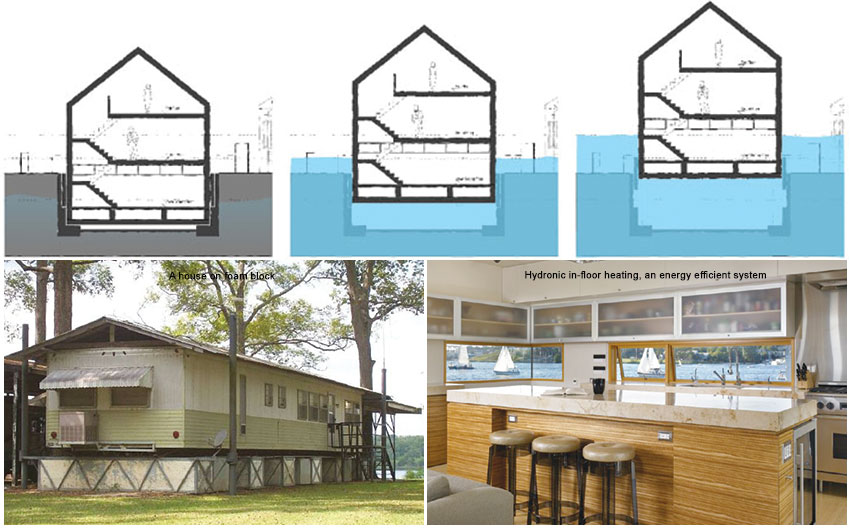



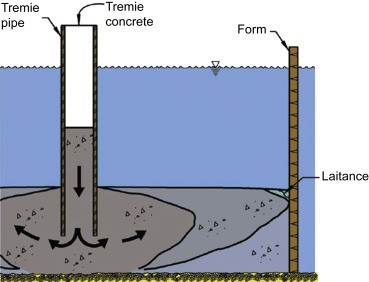
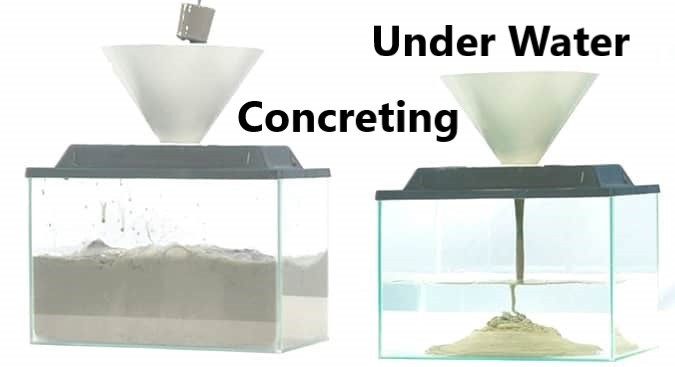
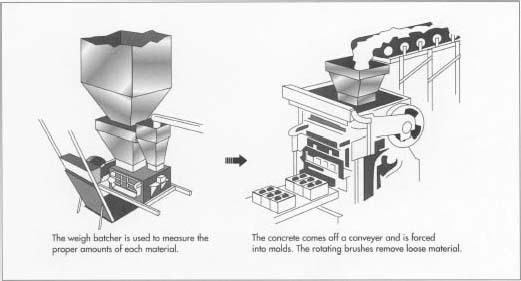

Nice post. I be taught something more difficult on different blogs everyday. It is going to always be stimulating to read content from other writers and practice slightly something from their store. I’d prefer to use some with the content material on my weblog whether or not you don’t mind.
Thank you pertaining to taking turns the following superb subject matter on your web-site. I noticed it on the internet. I am going to check to come back if you publish additional aricles.